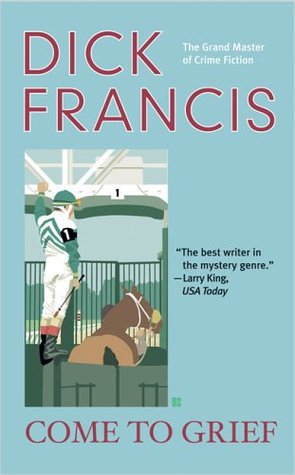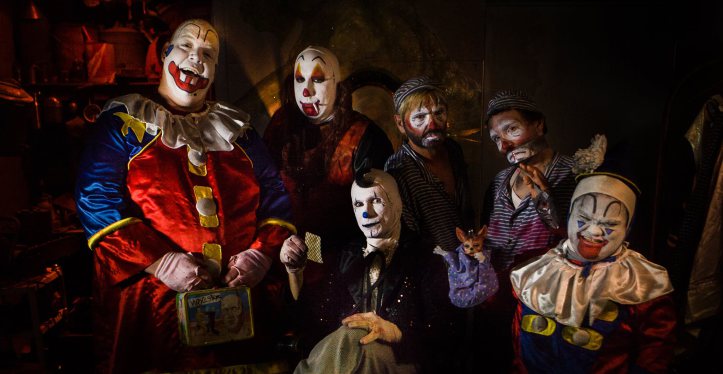
After an almost 20-year hiatus, Dick Francis returns to his favorite character Sid Halley in “Come to Grief.” Like the other Sid Halley stories, this one is dark and edgy even for a Dick Francis book, and like the other novels from the early 1990s, it features a particularly sadistic and disturbed villain.
This time Sid Halley is called into action to find out who has been mutilating ponies and yearlings (like I said, sadistic and disturbed). The answer plunges Sid into some deep soul-searching, as he recognizes his affinity for the villain, and once again has to face his worst fear, which is the loss of his one good hand.
“Come to Grief” is not going to be everyone’s cup of tea, but it is, in my opinion, one of Francis’s stronger works. Throughout his career he vacillated between providing light escapist entertainment and powerful meditations on the human condition, particularly the effects of pain and fear, of which he is the consummate master. With most authors I have the impression (perhaps unfair) that they have never really experienced true pain and fear, and can only describe it through cliches or improbably over-the-top events. Francis, however, knew, or at least knew exactly how to describe, just how terrible and debilitating even moderate amounts of pain and fear can be, and the agony and triumph of overcoming even small, personal hurdles. None of the bad guys in “Come to Grief” are trying to take over the world–although one thinks he is–and in the grand scheme of things it doesn’t matter whether Sid succeeds or fails, any more than it matters in the grand scheme of things whether the child cancer patient whom Sid is trying to help is cured or not, but for the characters it is literally a matter of life and death, and Francis places the reader squarely in their heads and causes the reader to care just as much as they do.
His artist characters–in “Smokescreen,” “In the Frame,” and “To the Hilt,” for example–struggle with the uneasy tension between their impulse to take the easy route and provide light entertainment, and the tendency for deeper things to come out of their art against their will, and one can’t help but suspect that the same was true for Francis himself. In “Come to Grief” the darkness and depth definitely predominates, making it a more emotionally challenging read (the plot and language are as engaging as ever) than some of his other works, but also proving why Francis was more than just a mercenary purveyor of cheap thrills, and had at least one foot in the world of Literature with a Capital L.
Buy links: Barnes and Noble, Amazon
Just a reminder that The Breathing Sea I is shortlisted in the Literary category for The 50 Best Indie Books 2017! Votes are much appreciated and can be cast here.
Want occasional updates and free offers? Sign up for my mailing list here.
Share this:




